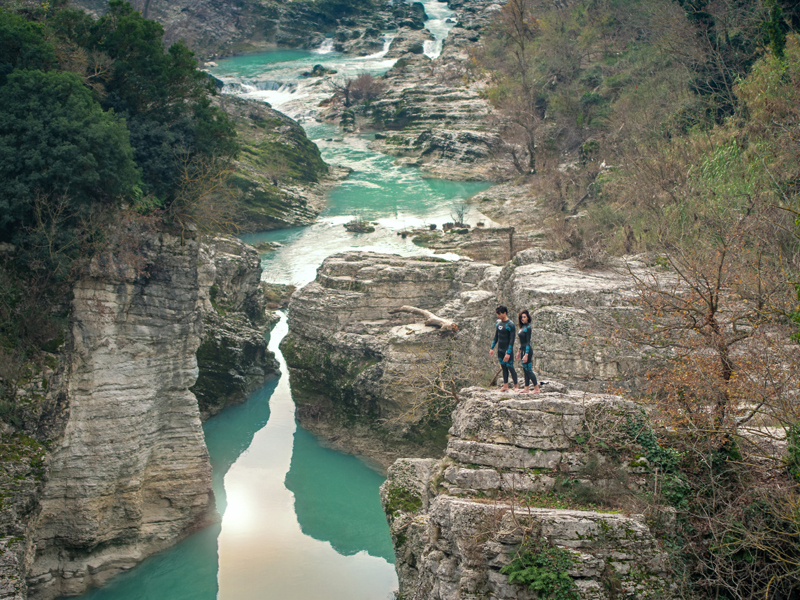
Open water swimming: Tips for a safe swim in the lake
If you’re thinking about going for a refreshing swim in your favourite lake this summer, keep these common-sense tips in mind to make sure you stay safe. Throughout the summer, …

If you’re thinking about going for a refreshing swim in your favourite lake this summer, keep these common-sense tips in mind to make sure you stay safe. Throughout the summer, …

Each side of the island receives ocean debris. The East side is definitely the worst hit, it has the pleasure of bearing the brunt of the prevailing North Easterly winds. …
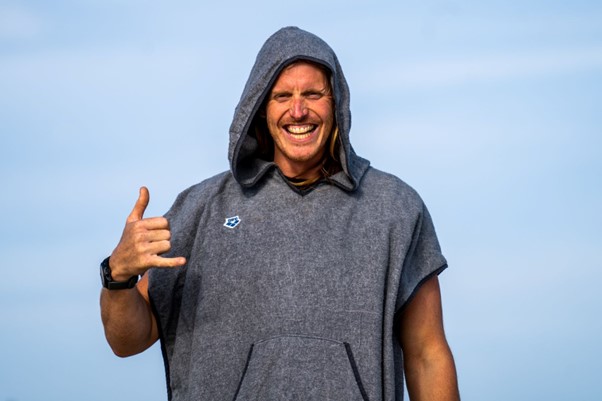
The Grand swim was an event that I will cherish for the rest of my life. Even now, a few months on, it is impossible to put into words how …
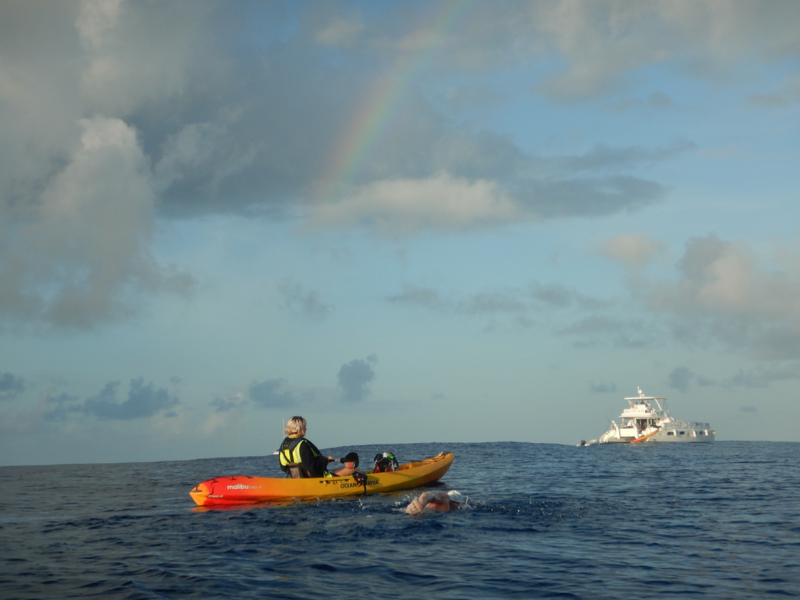
“The reason I undertook The Grand Swim was to raise money and awareness about the ever present issue the oceans face.” (Oly Rush) Miles: 60 miles 95.5km | Air Temperature: …
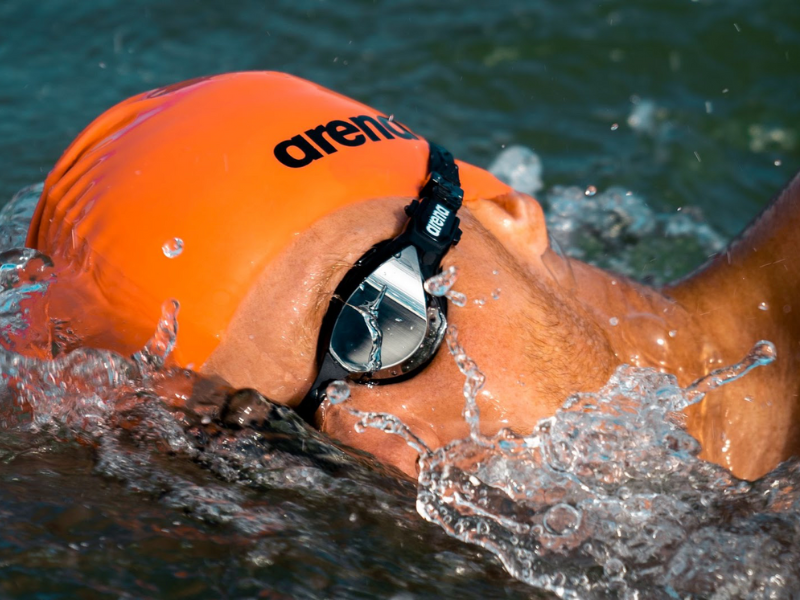
Being open water swimmers, we get to see the destruction of the natural habitat first hand. The pace at which we move through the water allows us to take a …
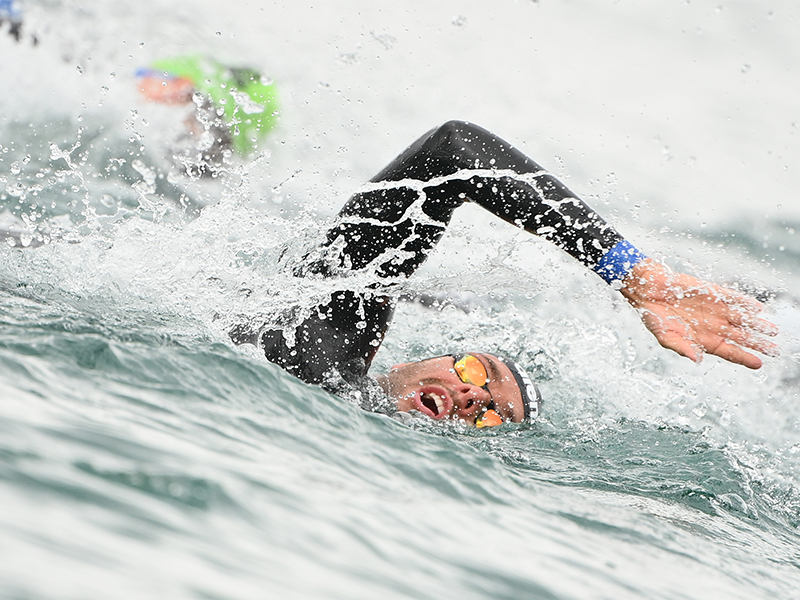
Long-distance swimming is a great way to put your endurance abilities to the test. Many athletes compete in distance swimming events because of the challenge these competitions provide for both …

Hands up if you have never complained about the temperature of the water before entering the pool for training or warming up before a race. Well, icy water swimmers would …
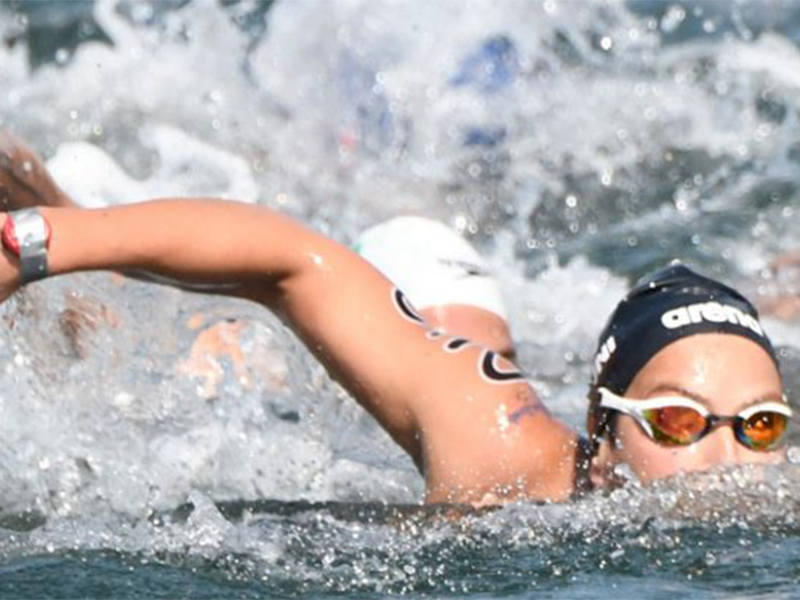
Open-water swimming workouts are no longer just for those training for triathlons or a select few who get a thrill from cold-water immersion. Open water swimmers are now becoming a …
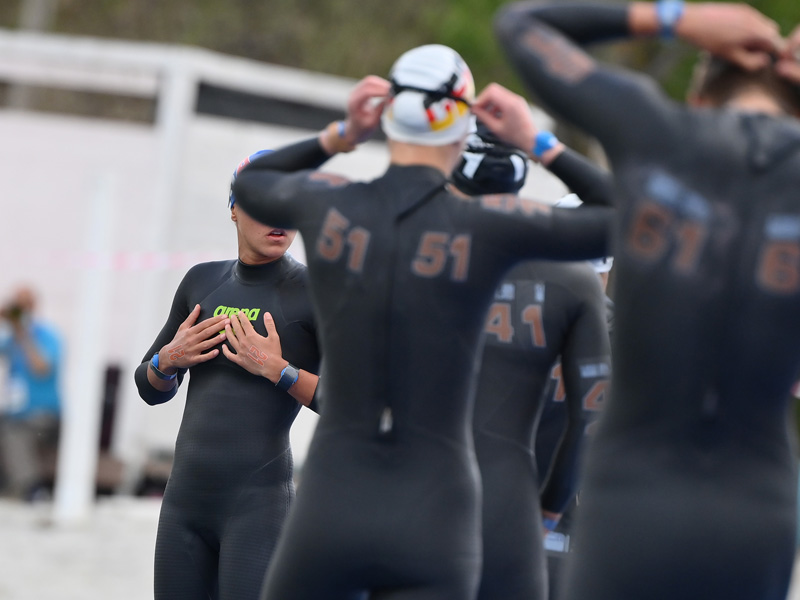
Open-water swimming is not always easy for those used to swimming with their eyes fixed on the black line along the bottom of the pool. So, even though the triathlon …
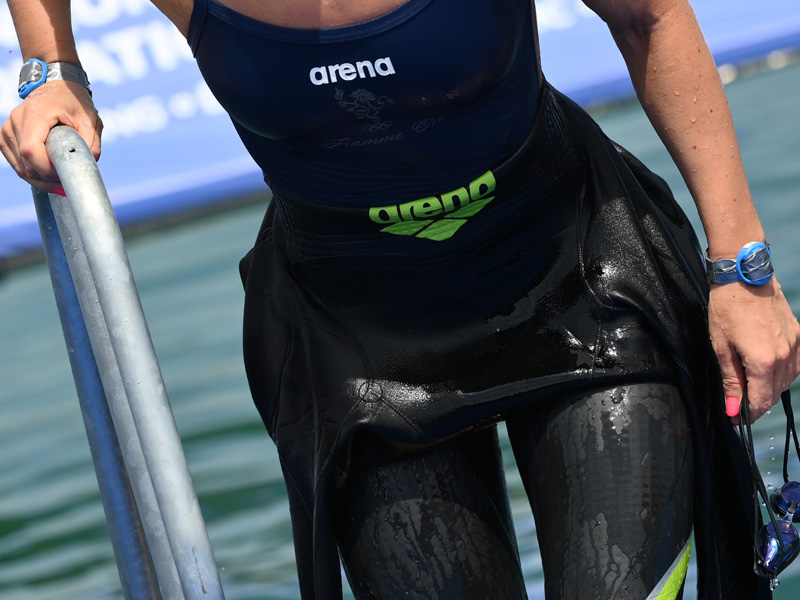
Lots of swimmers do not even know what open-water swimming is: not only do they ignore it, but even if they are familiar with it they claim that the only …